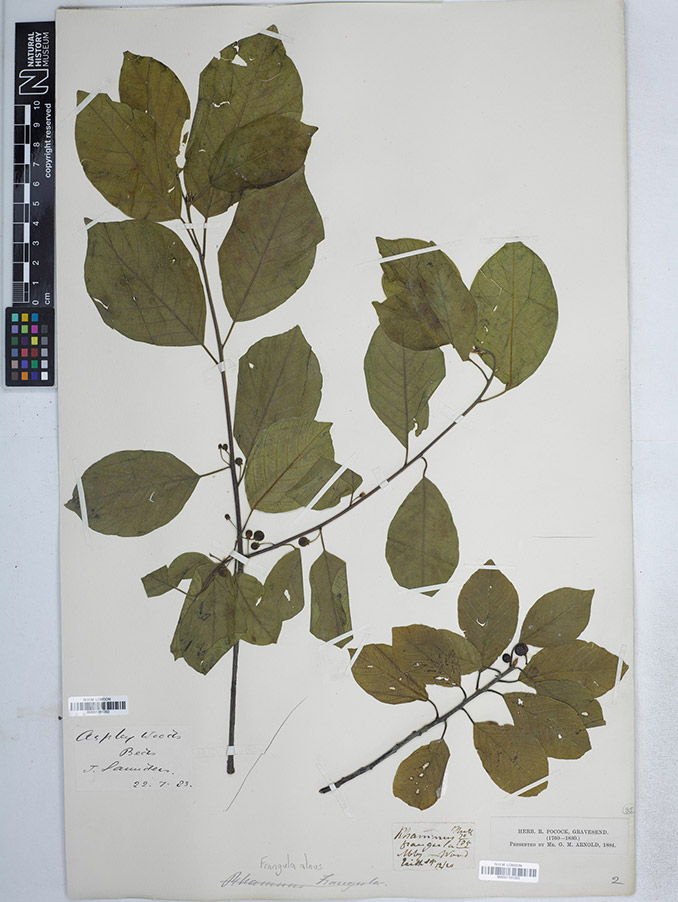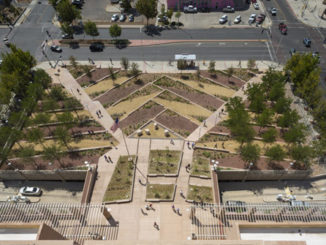Herbariums around the world have large collections of sample sheets with dried plants pressed ready for taxonomists to annotate, classify. This process often takes time and many herbariums don’t have the resources to catalogue the sample sheets, however researchers at Costa Rica Institute of Technology recently undertook a study using deep learning to analyze a big dataset with thousands of species from herbaria to see if they could setup a full autonomous to help identify the thousands of plants in collections around the world.
By using convolutional neural network(CNN) and various datasets from the iDigBio portal and other sources (Costa Rica & France) they trained the CNN to learn discriminant visual features of the plants from thousands of herbarium sample sheets. They found that they”….could potentially lead to the creation of a semi, or even fully, automatic system to help taxonomists and experts do their annotation, classification, and revision work at herbarium.”[1]. The researchers also found that the learning could be transferred between regions when they tested a dataset from Costa Rica against another dataset from France. Also that to improve the learning and classification it would be best to remove the handwritten tags, barcodes, logos and other markings on the sample sheets. During the research they also found that the learning does not transfer across to field images of trees, leaves, flowers, but it is best used for herbarium sample sheets.

This research could allow herbariums to digitalise, analyse and annotate collections reducing the time for specimens to be catalogued and also reduce the cost of maintaining collections as in recent years herbariums have closed due to loss of funding. It also foreseeable that there will be an increase the volume of descriptions of new species in the coming years.
Read more about the research at
[1] Going deeper in the automated identification of Herbarium specimens
BMC Evolutionary Biology BMC series – open, inclusive and trusted 2017 17:181
Authors: Jose Carranza-Rojas, Herve Goeau, Pierre Bonnet, Erick Mata-Montero and Alexis Joly
Image Credits
Front Page Image – Dr.Carmen Ulloa Ulloa in the herbarium, which contains over 6 million plant specimens from all over the world | Image Credit – Flickr User -EOL Learning and Education Group
Herbarium Sample Sheet Image (not used in the cited research) | Image Credit Flickr User NATT-at-NKM
Article Written by Damian Holmes is the founder and Editor of WLA. He is also a registered Landscape Architect of the Australian Institute of Landscape Architects and has over 15 years experience as a landscape architect in Australia, Canada and China.




